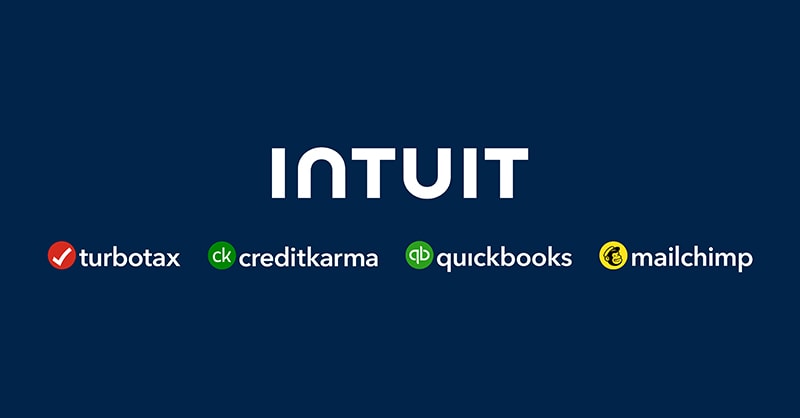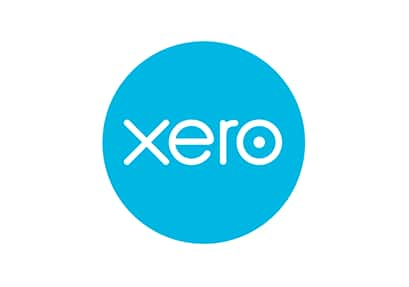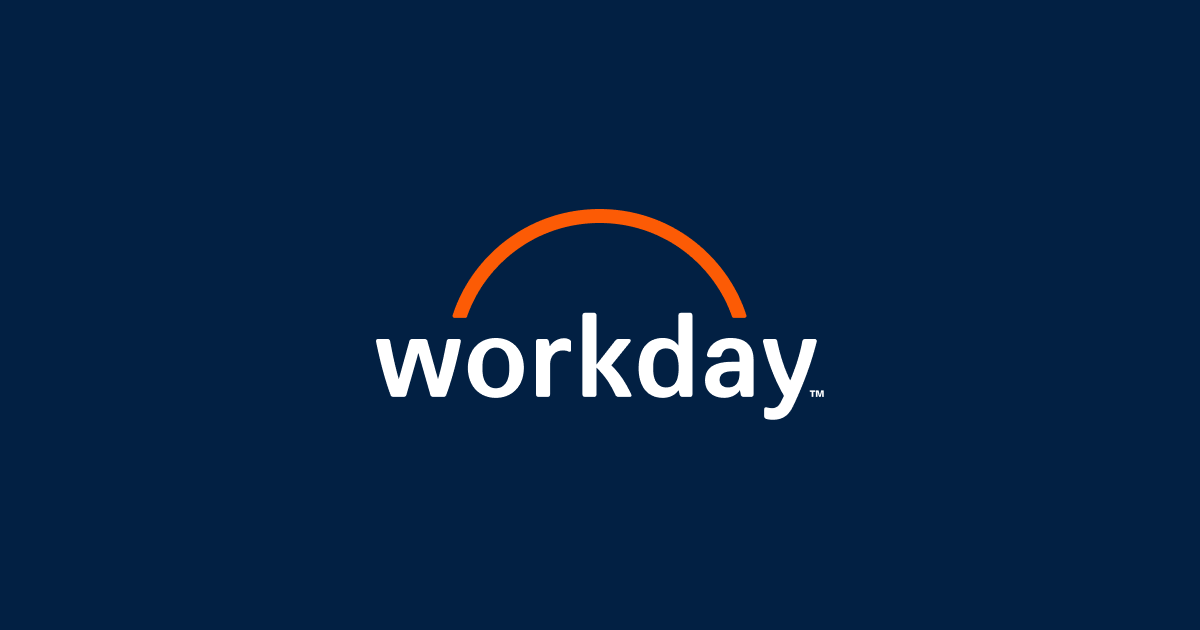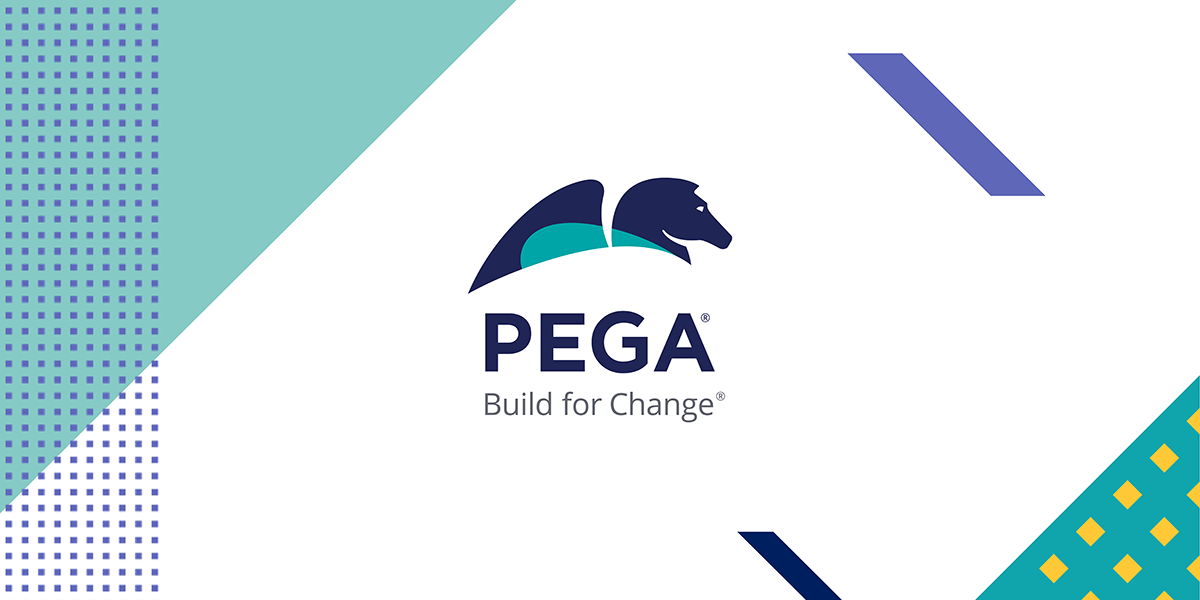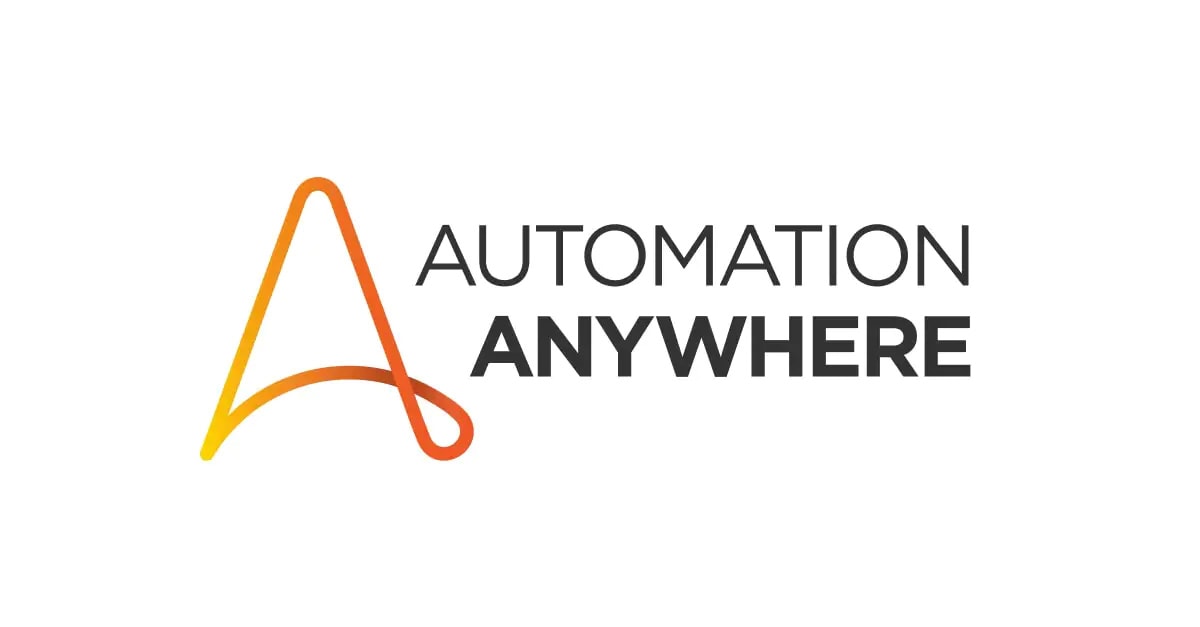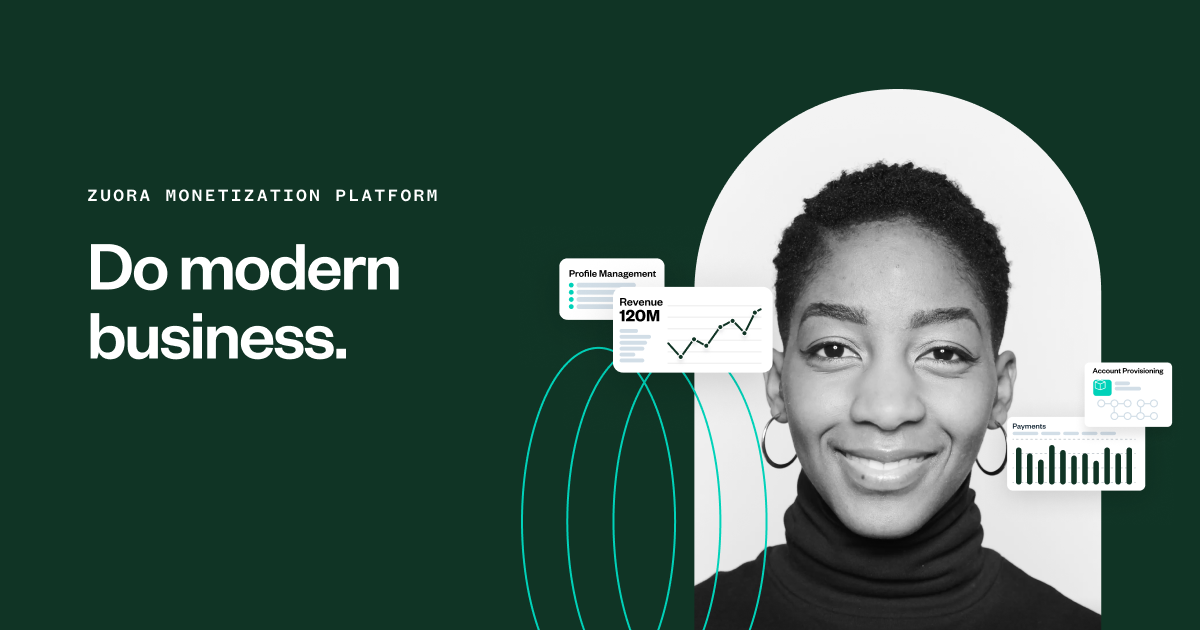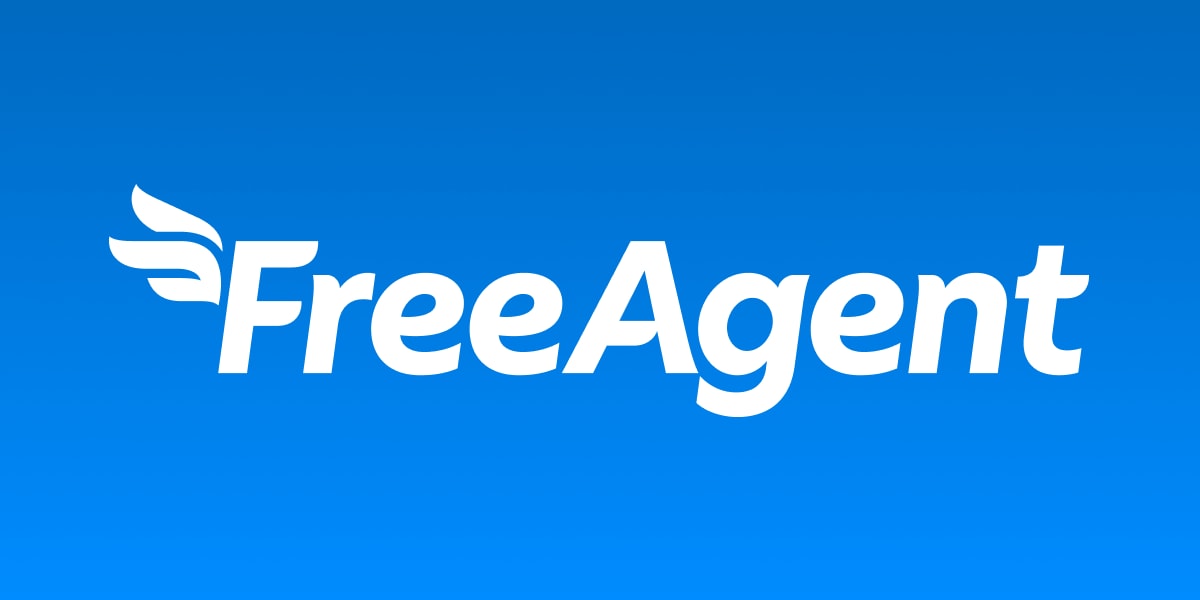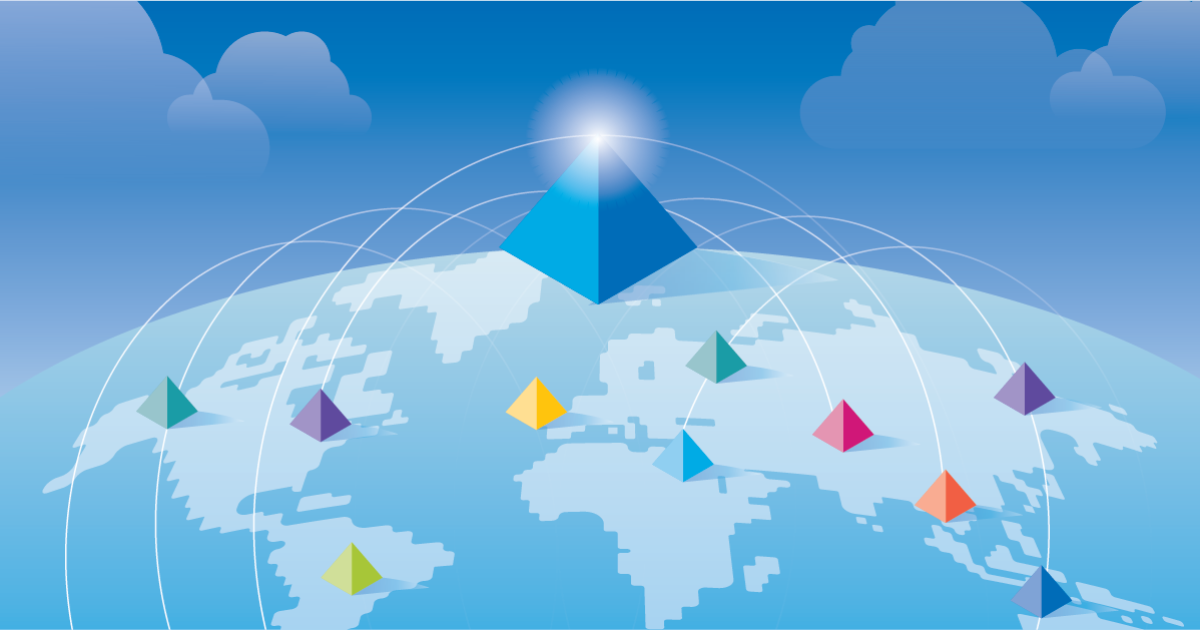Introduction
Automating accounts payable (AP) processes can greatly reduce manual paperwork and boost efficiency for any business. By leveraging robotic process automation (RPA) and artificial intelligence (AI), AP departments can spend less time on repetitive tasks like data entry, invoice processing, and payment approvals. This allows them to focus more on strategic work that drives growth. In this blog, we evaluate 15 of the leading AP automation solutions based on key criteria to help businesses choose the right fit.
Methods of Evaluation
To comprehensively analyze and rank each solution, we considered the following factors: features and functionality, ease of use, pricing and plans, customer reviews and ratings, partner ecosystem, security and controls, as well as more qualitative metrics like number of backlinks, organic traffic and keyword trend. Specifically, we assessed how each solution handles invoice processing workflows, payment approvals, bank reconciliations, reporting and analytics. Enterprise-grade options were evaluated based on scalability, customization ability and robust SLAs. Finally, we took note of any unique differentiators like integrated spend management or subscription billing capabilities.
1. QuickBooks
QuickBooks is an accounting software package developed and marketed by Intuit. Since its first release in 1990, QuickBooks has become one of the most popular accounting software choices for small businesses. It allows small business owners to track income and expenses, manage invoices, pay bills, and more.
Pros: Some key advantages of QuickBooks include:
– Familiar to many small businesses as an accounting standard
– Affordable rates for basic accounting and bookkeeping needs
– Simple invoice and bill management for tracking what is owed and due
Cons: A potential disadvantage of QuickBooks is that the online features require an internet connection and annual subscription fees to access cloud-based functionality.
Pricing: QuickBooks pricing starts at around $20-30/month for the desktop self-employed version and scales up to $80-100/month for the highest-tier online plans supporting multiple users and advanced features.
Some key stats about QuickBooks include:
– Over 7 million customers worldwide across 100+ countries
– Supports businesses of all sizes from sole proprietorships to firms with over 1000 employees
– Integrates with over 2500 apps like Square, Shopify, and Dropbox for Paperless
2. SAP Intelligent RPA
SAP Intelligent RPA is an AI-powered robotic process automation (RPA) software developed by SAP. It utilizes artificial intelligence and robotics to automate repetitive and manual tasks across an organization. SAP Intelligent RPA allows users to build software robots that emulate human actions for completing tasks on various digital systems.
Pros: The main advantages of SAP Intelligent RPA include:
– Uses artificial intelligence and machine learning capabilities for automation – The robots can learn from past executions to perform tasks more accurately
– Integrates seamlessly with other SAP solutions for an end-to-end automation experience
– Cloud-based platform allows for easy scalability of automated processes across the organization
Cons: One potential disadvantage is that the software is limited to automating rule-based repetitive tasks and cannot replace human judgment for more complex decision making tasks.
Pricing: SAP Intelligent RPA pricing is based on the number of robots (software agents) deployed. Starting pricing for up to 5 robots is $5,000/month. Additional robots are $1,000/month. There are also enterprise licensing options available for large scale deployments.
Some key stats about SAP Intelligent RPA include:
– Over 5000 robots deployed globally across various industries
– Integrates with over 50 different systems including SAP, Salesforce, Oracle, and non-SAP systems
– Achieves accuracy rates of over 90% for automated tasks
3. Xero
Xero is a leading cloud-based accounting software platform for small and medium-sized businesses. Founded in 2006 and headquartered in New Zealand, Xero offers intuitive online accounting, invoicing and bookkeeping software. With over 2 million subscribers globally, Xero aims to make accounting beautiful, easy and accessible for SME business owners.
Pros: Some of the key advantages of Xero accounting software include:
– Simple to use interface that is intuitive for SME owners and bookkeepers
– Seamless integration with bank feeds to automatically capture transactions
– Strong mobile app that allows approvals and oversight on the go
– Powerful reporting and analytics dashboard
Cons: One potential disadvantage is that the pricing can be higher compared to some other accounting software options for very small businesses or individual freelancers with limited transactions.
Pricing: Xero offers various pricing plans starting from $9 per month for the simplest plan up to $75 per month for the most advanced plan. Pricing is based on the number of active invoices, purchase orders and users on the platform.
Some key stats about Xero include:
– Over 2 million subscribers worldwide
– Available in over 180 countries
– Integrates with over 800 third party apps
– 99% customer satisfaction rating
– Consistently ranked as one of the best accounting software platforms for SMEs
4. Freshbooks
Freshbooks is cloud-based accounting and invoicing software designed for small businesses. In business since 2004, Freshbooks helps over 24,000 companies manage their finances, client work and teams. With Freshbooks, business owners have access to invoicing, time tracking, expense management and more from a single platform.
Pros: Some key advantages of Freshbooks include:
– Intuitive invoicing and time tracking tools make it easy for teams to report hours and generate invoices
– Strong third party integrations allow connecting Freshbooks to other tools for effortless accounting
– Affordable pricing starts from $15 per month for up to 3 clients with no long term contracts
Cons: A potential disadvantage is that the free plan has limited functionality compared to the paid plans. However, it still provides basic invoicing and time tracking suitable for small starter businesses.
Pricing: Freshbooks offers 3 pricing tiers:
– Solo Plan: $15/month for 1 user and up to 3 clients
– Freelance Plan: $25/month for up to 5 users and up to 10 clients
– Business Plan: $45/month for up to 10 users and unlimited clients
Some key stats about Freshbooks include:
– Used by over 24,000 companies worldwide
– Processes over $8 billion in invoices annually
– Integrations with over 250+ apps including Shopify, QuickBooks, and Xero
– Named one of Canada’s best managed companies for over 10 years
5. Workday
Workday is a leading provider of enterprise cloud applications for finance and human resources. Founded in 2005, Workday helps thousands of organisations worldwide adapt to an ever changing world with intelligent financial management and HR tools. Some key facts about Workday include that they have over 50,000 customers across industries and have more than 12,000 employees globally.
Pros: Some key advantages of Workday include its native HCM and finance suite which allows seamless integration between HR and finance workflows. It also offers powerful analytics and reporting capabilities. Additionally, Workday simplifies supplier engagement with modern procure-to-pay functions.
Cons: One potential disadvantage is that as a pure SaaS model, customers do not own the software and are reliant on Workday continuing to develop and support the platform.
Pricing: Workday pricing is subscription based. Pricing depends on the number of users and modules selected such as financial management, spend management, HR etc. There are options for annual or monthly subscription payments. It is recommended for customers to request a custom quote from Workday for pricing specific to their requirements.
Workday offers a native HCM and finance suite that powers accounting, procure-to-pay, record-to-report, project accounting, governance, risk and compliance. Some key stats include – over 50,000 customer organisations, more than 12,000 employees, more than $5 billion in annual revenue.
6. UiPath
UiPath is one of the leading providers of robotic process automation (RPA) software. Founded in 2005 and headquartered in New York, UiPath offers a complete RPA platform that provides tools for business process automation. With over 10,000 customers in more than 80 countries, UiPath has emerged as a market leader in the automation software industry.
Pros: Some of the key advantages of UiPath includes:
– Intuitive graphical interface that allows non-technical users to build automation processes with drag and drop.
– Support for attended, unattended and browser-based automation scenarios.
– Pre-built activities for tasks like data entry, data extraction, screen monitoring etc.
– Built-in features like Computer Vision, cognitive automation, document processing.
– Cloud, on-premise and hybrid deployment models.
– Integrations with major systems like SAP, Salesforce, ServiceNow etc.
Cons: One potential disadvantage of UiPath could be its pricing which may be costlier than some other open source RPA tools for large automation projects and deployments.
Pricing: UiPath offers flexible pricing models – per user/per month pricing for cloud deployment and per bot/per month pricing for on-premise installations. Pricing may vary based on number of users/bots, desired modules and support/maintenance requirements. It also offers free trials and proof-of-concept deployments.
Some key stats about UiPath include:
– More than 10,000 customers worldwide in industries like banking, insurance, healthcare, manufacturing, telecom etc.
– Currently valued at over $10 billion after recent funding rounds.
– Helped customers achieve savings of over $6 billion through automation of business processes.
– Processes over 3 billion tasks per month on its platform.
– Supported by the world’s top system integrators, training partners and independent software vendors.
7. Wave
Wave is a free, online accounting software for small businesses. Founded in 2010 and headquartered in Toronto, Canada, Wave makes it easy for entrepreneurs to manage finances, invoices, expenses, payroll and more using its free accounting software.
Pros: Some key advantages of Wave include:
– Free basic accounting software that can handle invoicing, expenses, reporting and bank integrations.
– Strong reporting capabilities like income statements, balance sheets and customizable reports to track business performance.
– Easy vendor payment automation through the invoice system allowing you to collect and send funds digitally.
Cons: One potential disadvantage is that the free version has limited capabilities compared to the paid Pro plan. For more advanced features like multi-user access, custom budgets, purchase orders etc. an upgrade may be required.
Pricing: Wave offers both free basic accounting software forever as well as paid Pro plans starting at $25 per month. The free version covers basic invoicing, expenses, bills, bank connections and reports. The Pro plan unlocks additional features like time tracking, purchase orders, batch invoicing and multi-user access.
Some key stats about Wave include:
– Used by over 25 million people globally
– Available in over 30 languages
– Integrations with over 200 apps including Shopify, QuickBooks, and Xero
– Pro version starts at $25/month for additional features like expense tracking and custom invoices.
8. SAP Ariba
SAP Ariba is a leading spend management software developed by SAP. With over 4 million users in over 180 countries, SAP Ariba connects buyers and suppliers through its global trading network. The easy to use cloud-based interface allows organizations to automate procurement functions, manage contracts and gain visibility into spending.
Pros: Some key advantages of SAP Ariba include:
– Global network of suppliers for finding qualified partners worldwide
– Part of the larger SAP ecosystem for ERP and back-office integration
– Advanced sourcing capabilities through reverse auctions and strategic sourcing events
Cons: A potential disadvantage is the upfront cost may be higher than some other spend management tools due to SAP Ariba’s comprehensive feature set.
Pricing: SAP Ariba pricing starts at $100/user per month for core spend management features. Additional modules like supplier management, contract lifecycle management, and sourcing are priced separately starting at $50-100/user per month. Enterprise packages with unlimited users are also available for large organizations.
Some key stats about SAP Ariba include:
– Over $3.7 trillion in commerce facilitated on the Ariba Network each year
– Connects over 1.5 million buyer and supplier organizations globally
– 96% of Fortune 500 companies use Ariba for sourcing, procurement or invoicing needs
9. SAP Concur
SAP Concur is one of the leading providers of automated expense management solutions. With over 40 years in business, SAP Concur helps organizations manage travel, expenses, and invoices. Some key capabilities include travel booking and expense reporting.
Pros: Some key advantages of SAP Concur include:
– End-to-end automation from request to payment approval to accounting
– Strong integration capabilities with other core accounting and ERP systems
– Robust reporting and analytics on spend patterns and trends
– Mobile apps for iOS and Android to easily capture receipts and expenses on the go
Cons: One potential disadvantage is the cost as SAP Concur is an enterprise-level solution which may not fit the budget of some smaller companies.
Pricing: SAP Concur pricing is customizable based on number of users, modules, and additional services. Generally it starts at around $15-20 per user per month for basic travel and expense capabilities.
Key stats about SAP Concur include:
– Used by over 41,000 companies worldwide
– Supports over 150 currencies
– Integrations with over 1,000 ERP and accounting systems like SAP and Oracle
– Handles over $1 trillion in annual transactions
10. Pegasystems
Pega is a leading provider of AI-powered customer engagement and process automation software. Founded in 1983, Pega’s low-code platform lets enterprises build, run and upgrade applications quickly while maintaining high quality and security. Pega helps organizations simplify complex operations, engage customers across channels, and drive business benefits with advanced AI.
Pros: Key advantages of Pega include:
– Intelligent automation capabilities to streamline workflows and decisions
– Focus on optimizing customer journeys and engagement across channels
– AI-powered decisioning to personalize experiences and recommendations
– Ability to automate complex, multi-step business processes
Cons: A potential disadvantage is the high upfront cost of implementing and maintaining the Pega platform due to its sophistication and capabilities for large enterprises.
Pricing: Pega pricing is customizable based on the size and needs of each implementation. It is generally offered as an annual subscription with setup and training fees. Pega also offers a range of professional services for implementation, customization, training and support.
Some key stats about Pega include:
– Serving over 1,000 enterprise customers worldwide
– Over 35 years of experience in business process management and customer engagement
– Recognized as a leader in the Gartner Magic Quadrant for the CRM and CEM suite for multiple years
11. Automation Anywhere
Automation Anywhere is a leader in intelligent automation. Founded in 2003, Automation Anywhere’s award-winning Automation Platform is the world’s leading cloud-native, web-based, AI-driven RPA solution. The platform is easy to use and designed for any kind of user, from business users to IT developers. Automation Anywhere helps organizations deploy desktop and web automation across all platforms and devices to completely transform the way they work and deliver value to their customers.
Pros: Key advantages of Automation Anywhere include: Offers both desktop and cloud-based automation deployments; Has deep learning and AI capabilities to build more intelligent bots; Provides free Automation Anywhere Community Edition for smaller deployments and pilots; Continuous updates and innovations to the platform;
Cons: One potential disadvantage is that the cloud-based offering requires an ongoing subscription fee, whereas some competitors offer a one-time perpetual license for their on-premises products.
Pricing: Pricing for Automation Anywhere depends on the edition, deployment type, and number of robots/users. The pricing starts at free for the Community Edition and goes up to $150/user/month for the Enterprise Cloud edition with additional costs for professional services and optional training/support packages.
Some key stats about Automation Anywhere include: Used by over 2,500 organizations globally, including many large enterprises; Automated over 25 million tasks worldwide; Has a global partner ecosystem of over 500 partners and 7,000 certified experts.
12. Zuora
Zuora is a leading provider of subscription management and billing software. Founded in 2007, Zuora’s flexible, cloud-based solutions enable companies across industries to launch, manage, and transform their business models to recurring revenue through subscription, usage-based, or hybrid transactional/subscription billing.
Pros: Some key advantages of Zuora include: – Integrated Payments Option: Zuora offers integrated payments processing options for credit cards and EFT/ACH to enable one-stop subscriptions management. – Streamlined billing workflows: Zuora provides tools to easily manage complex approval routing, support usage-based billing, and automate recurring invoices. – Robust approval routing: The system supports flexible approval workflows for quotes, orders, and invoices to streamline processes.
Cons: One potential disadvantage is the upfront implementation time and costs required to integrate Zuora with other business systems and migrate any existing customer data.
Pricing: Zuora offers flexible pricing plans including: – Zuora Central (payments and billing): Starts at $150 per month for 1-100 subscribers. Discounted pricing for higher volume subscriptions. – Zuora RevPro (revenue recognition): Starts at $300 per month. – Implementation, integration, and support services are additional costs based on business needs.
Some key stats about Zuora include: – Over 1000 customers worldwide including Box, Philips, and Zendesk – Processing over $100B in annual billing transactions – Integrated payments options and flexible pricing models
13. Freeagent
Freeagent is cloud-based accounting software for UK small businesses. Since 2006, Freeagent has been providing simple yet powerful accounting solutions that help over 35,000 businesses manage their finances. With integrated banking, invoices, expenses and reports, Freeagent brings everything together in one place for easy online accounting.
Pros: Some key advantages of Freeagent include:
– Robust double entry accounting automatically handled behind the scenes
– Strong reporting including profit and loss, cashflow, balance sheet etc
– Integrated bank feeds for automatic transaction downloads and coding
– Self-assessment ready with tax reports and digital filing support
Cons: A potential disadvantage is that Freeagent is focused on UK businesses only so may not support international requirements.
Pricing: Freeagent offers 3 pricing tiers – Solo plan from £12/month, Essentials plan from £25/month and Premium plan from £50/month. All plans offer a full feature set with the key difference being the number of user accounts.
Some key stats about Freeagent include:
– Over 35,000 businesses use Freeagent across the UK
– Integrated banking for 20+ UK banks including Barclays, HSBC and Lloyds
– Mobile apps available for iOS and Android devices
– 99.9% uptime guaranteed
14. Blue Prism
Blue Prism is an intelligent automation software pioneer, with over 2,000 enterprise customers that automate billions of transactions globally. Its connected-RPA platform delivers productivity and competitive advantages by freeing users from interruptive, rules-based tasks. This allows a focus on more strategic work that increases business value.
Pros: Some key advantages of Blue Prism include:
– Focuses on enterprise-grade unattended automation through its connected-RPA platform
– Known for robust security and governance features to ensure automation is done safely and compliantly
– Supports various deployment architectures including on-premise, hybrid, and multi-cloud environments
– Has strong process discovery and analytics tools to monitor automation performance
Cons: One potential disadvantage is that Blue Prism focuses primarily on large enterprise implementations, so it may not be the best fit for small to medium sized businesses with fewer automation needs or resources.
Pricing: Blue Prism offers pricing tailored for different business needs. For larger enterprises, pricing is typically per concurrent connected user or CPU core. Others may prefer a monthly or annual SaaS subscription model. Contact Blue Prism or an authorized partner for a customized quote.
Some key stats about Blue Prism include:
– Over 2,000 enterprise customers globally
– Automates billions of transactions each year
– 15+ years as an AI pioneer in intelligent automation
– Named a Leader in the 2023 Gartner® Magic QuadrantTM for RPA for the 10th consecutive year
15. Tipalti
Tipalti is a leading fintech solution for both domestic and global accounts payable and partner payments automation. Founded in 2011 and headquartered in San Mateo, CA, Tipalti serves over 1,500 customers across multiple industries globally. The company’s payment automation platform streamlines the entire payables workflow from procurement to reconciliation.
Pros: Some key advantages of the Tipalti platform include:
– Robust global payments network for efficient cross-border payments
– Advanced supplier management functionality to onboard, manage and engage suppliers
– Intuitive workflow management dashboard for approvals, auditing and payment tracking
– Powerful compliance tools and controls to mitigate financial risks
Cons: A potential disadvantage is that the platform requires subscription fees to use which may not suit some smaller businesses with lower payment volumes. However, the platform offers versatility and scale for larger organizations.
Pricing: Tipalti pricing is based on the number of transactions per month. For startups and small businesses it starts at $1,000/month for up to 500 transactions. Mid-market customers pay around $2,000/month for up to 2,000 transactions. For enterprises handling over 10,000 transactions per month, custom pricing is available.
Some key stats about Tipalti include:
– Processes over $30 billion per year in AP payments
– Supports payments in 130+ currencies to over 190 countries
– Handles various payment types including ACH, wire transfers, checks, card payments etc.
– Advanced supplier management tools for 25,000+ vendors
Conclusion
While most AP automation software aim to simplify and digitize manual invoice and payment processes, they each have their own strengths that make them a good fit for certain types of businesses and industries. By considering your specific requirements, team size, budgets and future goals, you can select the solution that will deliver the greatest ROI. Proper evaluation and testing key capabilities during free trials are also important to ensure a smooth transition from legacy systems. With the right selection, AP automation software can truly transform your back-office and empower your teams to focus on more strategic priorities in 2023 and beyond.




